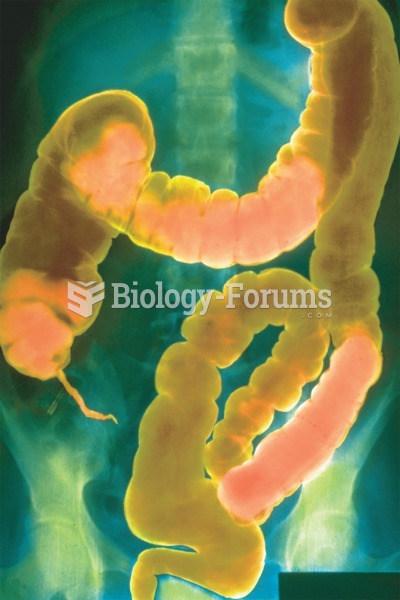|
|
|
Human stomach acid is strong enough to dissolve small pieces of metal such as razor blades or staples.
The top five reasons that children stay home from school are as follows: colds, stomach flu (gastroenteritis), ear infection (otitis media), pink eye (conjunctivitis), and sore throat.
For about 100 years, scientists thought that peptic ulcers were caused by stress, spicy food, and alcohol. Later, researchers added stomach acid to the list of causes and began treating ulcers with antacids. Now it is known that peptic ulcers are predominantly caused by Helicobacter pylori, a spiral-shaped bacterium that normally exist in the stomach.
Giardia is one of the most common intestinal parasites worldwide, and infects up to 20% of the world population, mostly in poorer countries with inadequate sanitation. Infections are most common in children, though chronic Giardia is more common in adults.
Children of people with alcoholism are more inclined to drink alcohol or use hard drugs. In fact, they are 400 times more likely to use hard drugs than those who do not have a family history of alcohol addiction.
 Jane Goodall first observed Gombe chimpanzees chewing leaves, then dipping the chewed-up “wadge” int
Jane Goodall first observed Gombe chimpanzees chewing leaves, then dipping the chewed-up “wadge” int
 People with normal color vision see the number 29 in the chart; however, those who are color-blind c
People with normal color vision see the number 29 in the chart; however, those who are color-blind c





